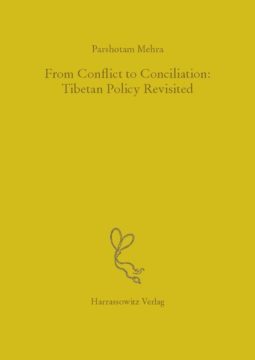In the long and chequered annals of the land of the Lama, the twentieth century was a period of considerable turmoil. To start with, the maturity into adulthood of the 13th Dalai Lama (1895) was not a little unusual. Again, not unlike the Great Fifth, he too proved his mettle and survived both a British assault under Younghusband (1904) as well as that of China’s Ch’ing rulers (1910–11). Sadly, his strongarm methods soon drove the 9th Panchen into exile – and the arms of the Guomindang regime. Their gap proved hard to bridge and the Lamas died (1933, 1937), virtually unreconciled. Unhappily for their land, the new incarnations too were ranged in opposite camps: the 14th DL, his own master; the 10th Panchen, Mao’s protégé and harbinger of Tibet’s „liberation“(1951). Promises to the contrary notwithstanding, the DL soon discovered his autonomy to be a farce and in the wake of the March (1959) Rebellion fled. Even though the Lamas had inched closer, the Panchen who remained behind presently found himself out of step with his masters. And after a long saga of persecution died (1989), a much disillusioned man. Leaving behind a Dalai Lama in exile and the status of his own incarnation – actually there are two rival candidates – a little less than clear.
- Veröffentlicht am Samstag 23. November 2024 von Harrassowitz, O
- ISBN: 9783447049146
- 191 Seiten
- Genre: Geschichte, Sachbücher, Sonstiges
